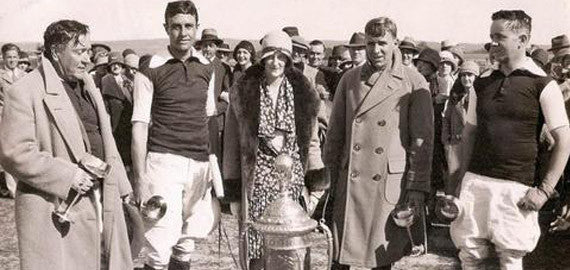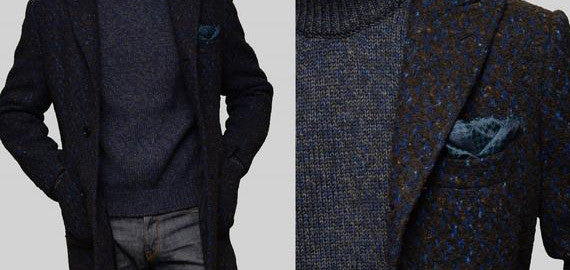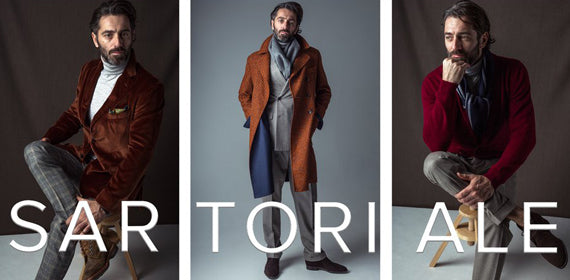
Polo Coat - legendary menswear
"The classic polo coat has always been considered the best-looking topcoat a man can wear." G. Bruce Boyer
One of the most prized clothing related inventions of Polo is the distinct double-breasted overcoat by the same name as the sport itself.

Originally a "wait-coat", which the players wore in between chukkas, it was a wrap style coat with a full belt.
The style has a louche, nonchalant attitude and certain casual elegance, which is rare to find in single garments.

See our version from Belvest
The Polo coat as we know it today, came to it’s final form later on. The definite heyday of the style was in the 1920’s and 30’s. Mimicking the players, it became the thing to wear for spectators as well.
In America, the key moment was in 1930 at the Yale-Princeton football game, when it famously outnumbered the racoon coat style and thereafter, the popularity of the garment soared.
It was helped along the way by being favoured by the greatest sartorialists from The Duke of Windsor to Gianni Agnelli.
(Brioni DB Olive Green Polo Coat currently on sale down from $7,250 to $1602.90)
The specific styling features are what makes the polo coat a prized menswear possession.
Double breasted with a notched Ulster collar, full length, set in sleeves with turnback cuffs, patch pockets and the half-belt on the back.
These lend a casual air to the garment, while being elegant at the same time. It also enables the wearer to wear it over a suit or to dress it down with a pair of jeans and chukka boots.
This sort of versatility is rarely found in other type of topcoats. That is why still today the polo coat is the choice of the menswear cognoscenti.
While originally this type of coat was made out of pure camel hair, today’s versions are mostly blends of camel hair, wool, cashmere or alpaca. The reason for this is that camel hair is indeed soft, light and warm, but it also tends to wear out fairly quickly.
Our favourite versions on Sartoriale are the red tweed from Belvest
and the gray plaid Sartoria Partenopea model.
Both the fabrics and the cut of these pieces were updated to modern standards. They are truly fresh interpretations, whilst maintaining respect to the original style.








Leave a comment
This site is protected by hCaptcha and the hCaptcha Privacy Policy and Terms of Service apply.